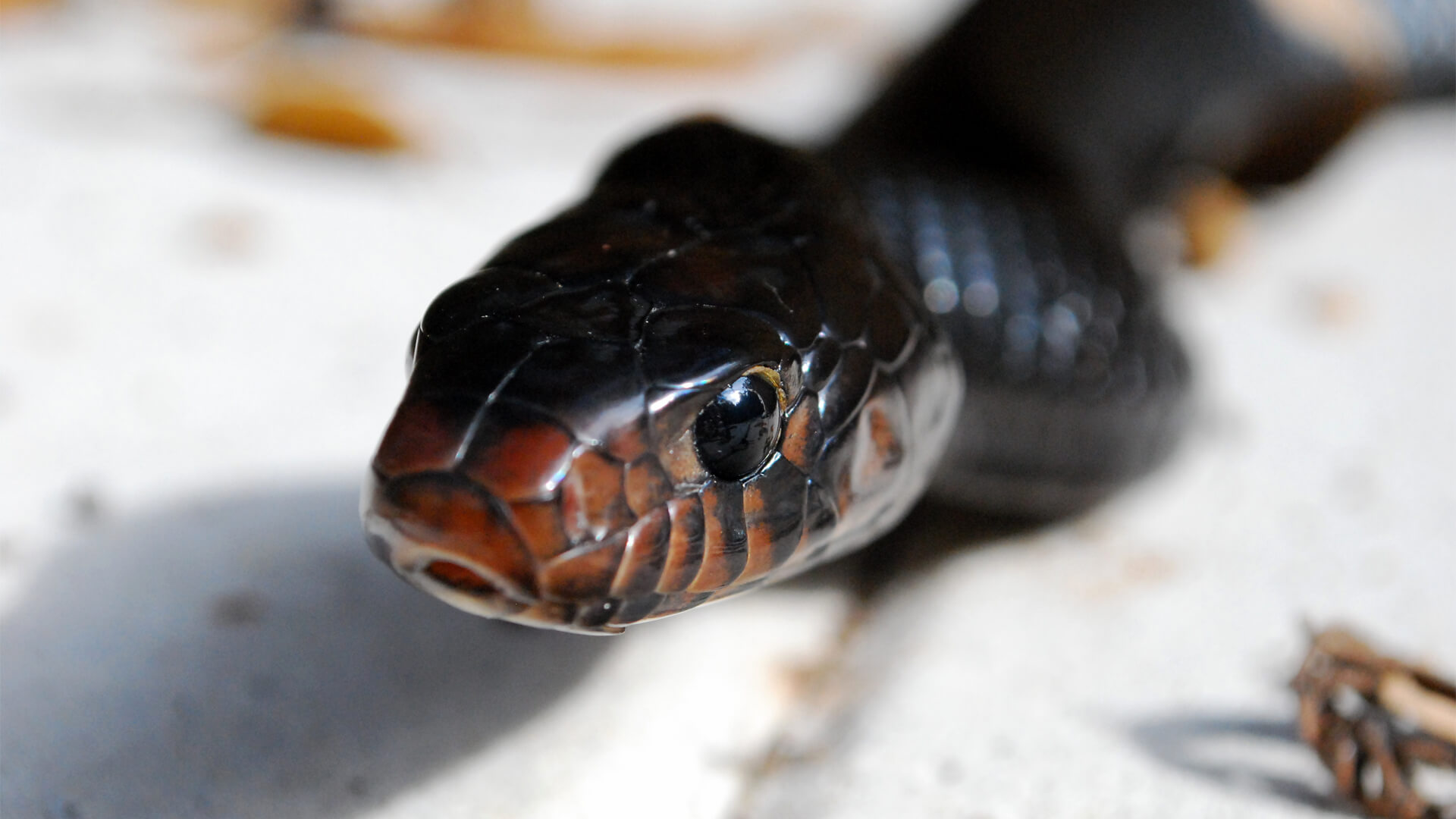

Since its listing as a threatened species, habitat loss and fragmentation by residential and commercial expansion have become much more significant threats to the eastern indigo snake. The pressure from collectors has declined in response to effective law enforcement, but collecting still remains a concern. In the milder climates of central and southern Florida, the availability of thermal refugia may not be as critical to the snake’s survival, although they still seek and use underground refugia in the region.Įastern indigo snakes were listed as threatened because of dramatic population declines caused by over-collecting for the domestic and international pet trade as well as mortalities caused by rattlesnake collectors who gassed gopher tortoise burrows to collect snakes. In wetter habitats that lack gopher tortoises, eastern indigo snakes may take shelter in hollowed root channels, hollow logs, or the burrows of rodents, armadillo, or land crabs. In the northern range of their territory they require sheltered retreats from winter cold and desiccating conditions and often coexist with gopher tortoises inside their burrows. Eastern indigo snakes need a mosaic of habitats to complete their annual life cycle. Preferred habitat includes pine and scrubby flatwoods, pine rocklands, dry prairie, tropical hardwood hammocks, edges of freshwater marshes, agricultural fields, coastal dunes, and human-altered habitats.

Given their preference for upland habitats, eastern indigo snakes are not commonly found in great numbers in the wetland complexes of the Everglades, though their range extends south to the Florida Keys. Juvenile eastern indigo snakes eat mostly invertebrates.Įastern indigo snakes are widely distributed throughout central and south Florida but primarily occur in sandhill habitats in northern Florida and southern Georgia. Diet may include fish, frogs, toads, snakes, lizards, turtles, turtle eggs, small alligators, birds, and small mammals. Its color is uniformly a lustrous black, although the chin, throat, and sometimes the cheeks may be red to creamy in color. Reaching lengths of almost 9 feet, it is the longest native snake in the United States. The eastern indigo snake ( Drymarchon corais couperi) is a large, black, non-venomous snake found in the southeastern United States.


 0 kommentar(er)
0 kommentar(er)
